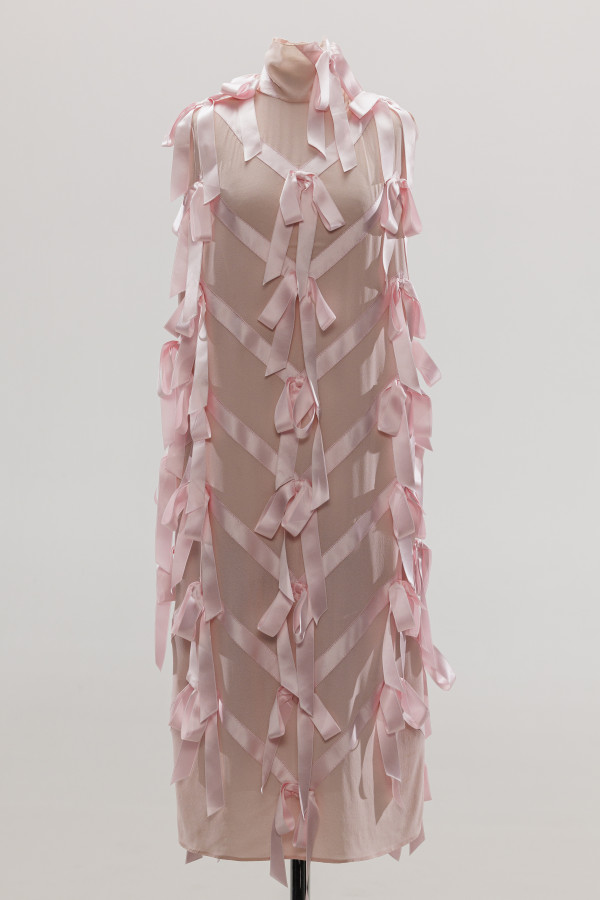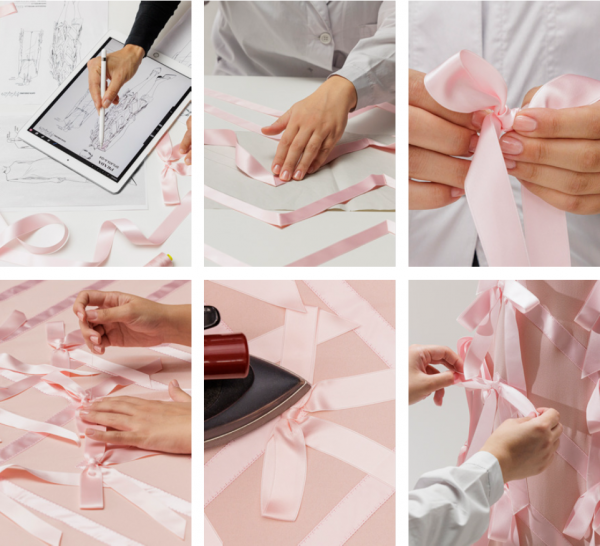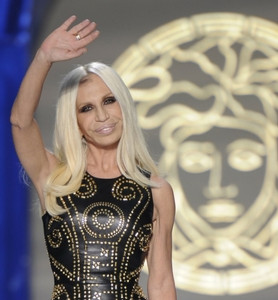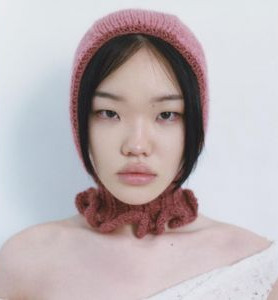A Prada Sneak Peak: Ribbons of Romance
There’s no denying that 2024 is the year of the bow, but it was Prada’s Fall/Winter collection that revealed the pinnacle of ribbon royalty. Often a standout style struts down the Prada runway in each collection that leaves jaws of awe in its wake: in 2023, the bridal-like floral appliqué on the white skirts had me planning wedding number two (to whom, I’m unsure), and the return of the (old) Prada bag, clad with an angry little man and his tongue had the entire front and back rows reaching desperately for their cameras. This season, with its tone-on-tone satin bows, the delicately embroidered bow dress from the coveted collection took top spot as a masterpiece of craftsmanship. With 50 metres of ribbon used and 13 hours of embroidery for each piece alone, this is one dress designed to impress. Here we take an exclusive look behind the scenes at Prada’s in-house methodology...


-
Characterised by complex techniques that create movement and shape, the process begins with the cutting of the sablé fabric: this panel will ultimately be assembled with the silk lining that serves as the back of the dress. This first stage also includes the initial positioning of the embroidery – a classic chevron pattern that is applied to the fabric.
-
The embroiderer then cuts the satin ribbons, creating precise angles that correspond to the chevron pattern, and secures the ribbons onto the fabric by hand. Within the 13 hours of embroidery, seven are dedicated to the chevron pattern work and six to the bows. This step is followed by an initial phase of steam pressing and drying to give the garment a worn effect.
-
The preparation of 35 bows is next, shaped and ironed one by one to create the required effect. The bows are then sewn at the specified points along the chevron pattern created by the ribbons.
-
The following step involves assembling the embroidered fabric with the contrasting black silk lining. After a second pressing stage, additional bows are sewn at the hips and around the neck.




